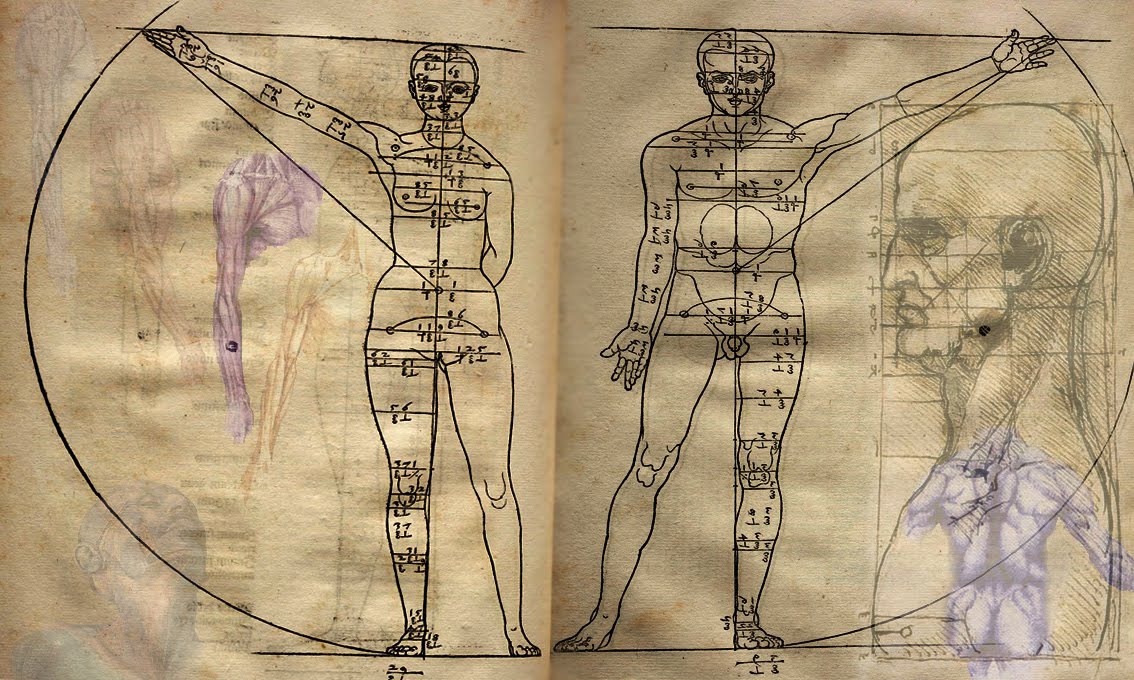General
• Impingement syndrome (Figure 4–18)
– Most likely the most common cause of shoulder pain
– A narrowing of the subacromial space causing compression and inflammation of the subacromial bursa, biceps tendon, and rotator cuff (most often involving the supraspinatus tendon).
– Impingement of the tendon, most commonly the supraspinatus, under the acromion and the greater tuberosity occurs with arm abduction and internal rotation.
– Impingement syndrome may progress to a rotator cuff tear (complete or partial)
– Stages of subacromial impingement syndrome
Stage 1: Edema or hemorrhage—reversible (age < 25)
Stage 2: Fibrosis and tendonitis (ages 25–40)
Stage 3: Acromioclavicular spur and rotator cuff tear (Age > 40)
• Rotator cuff tear
Etiology
– The rotator cuff is composed of four muscles (Figure 4–19):
1. Supraspinatus
2. Infraspinatus
3. Teres minor
4. Subscapularis
– These muscles form a cover around the head of the humerus whose function is to rotate the arm and stabilize the humeral head against the glenoid.
– Rotator cuff tears occur primarily in the supraspinatus tendon which is weakened as a result of many factors including injury, poor blood supply to the tendon, and subacromial impingement.
– May be as a result of direct trauma or an end result from chronic impingement. This injury rarely affects people < 40 years of age.
Acromion Morphology and Its Association to Rotator Cuff Tears (Figure 4–20)
The anatomic shape of the patient’s acromion has been linked with occurrence rates of rotator cuff tears patients with curved or hooked acromions have a higher risk of rotator cuff tears.
• Type I → flat
• Type II → curved
• Type III → hooked
Clinical
• Pain during range of motion, specifically in repetitive overhead activities, such as:
– Throwing a baseball
– Swimming (occurs at the catch phase of the overhead swimming stroke)
Mechanism: flexion, abduction, internal rotation.
More common strokes: freestyle, backstroke, and butterfly.
Less common stroke: breast stroke.
• Supraspinatus and biceps tendons are commonly affected secondary to their location under the acromion.
– Patients may feel crepitus, clicking, catching on overhead activities.
– Pain may be referred anywhere along the deltoid musculature.
– Weakness in forward flexion, abduction, and internal rotation indicating impingement
(Hawkins sign).
– Inability to initiate abduction may indicate a rotator cuff tear.
– Pain may be nocturnal. Patients often report having difficulty sleeping on the affected side.
– Tenderness over the greater tuberosity or inferior to the acromion on palpation.
– Atrophy of the involved muscle resulting in a gross deformity at the respective area, usually seen in chronic tears.
Provocative Tests
• Impingement test
– Neer’s impingement sign (Figure 4–21)
Stabilize the scapula and passively flex the arm forward greater than 90° eliciting pain. Pain indicates the supraspinatus tendon is compressing between the acromion and greater tuberosity.
– Hawkins Impingement Sign (Figure 4–22)
Stabilize the scapula and passively forward flex (to 90°) the internally rotated arm eliciting pain.
A positive test indicates the supraspinatus tendon is compressing against the coracoacromial ligament.
– Painful arc sign
Abducting the arm with pain occurring roughly between 60–120°
• Rotator cuff tests
– Supraspinatus test
Pain and weakness with arm flexion abduction and internal rotation (thumb pointed down)
With abduction the humerus will naturally externally rotate. In assessing the integrity of the supraspinatus, the patient should internally rotate the humerus, forcing the greater tuberosity under the acromion. In this position, the maximum amount of abduction is to 120°.
– Drop arm test
The arm is passively abducted to 90° and internally rotated. The patient is unable to maintain the arm in abduction with or without a force applied. Initially the deltoid will assist in abduction but fails quickly.
This indicates a complete tear of the cuff.
Imaging
• Plain films (AP)
– Impingement
Cystic changes in the greater tuberosity
– Chronic rotator cuff tear
Superior migration of the proximal humerus.
Flattening of the greater tuberosity.
Subacromial sclerosis.
• Supraspinatus outlet view (15° caudal tilt for a transcapular Y view) (Figure 4–23)
– Assess acromion morphology
• MRI is the gold standard to evaluate the integrity of the rotator cuff
– Full thickness tears and partial tears can be delineated
– Gadolinium may be added to evaluate the labrum
• Arthrogram
– Beneficial in assessing full thickness tears but unable to delineate the size of the tear or partial tears; should not be used in patients who have allergies to dyes.
• Ultrasound: Operator dependent
Treatment
Impingement, chronic-partial and full tears
• Conservative: Rehabilitation
– Acute phase (up to 4 weeks)
Relative rest: Avoid any activity that aggravates the symptoms.
Reduce pain and inflammation.
Modalities: Ultrasound iontophoresis.
Reestablish nonpainful and scapulohumeral range of motion.
Retard muscle atrophy of the entire upper extremity.
– Recovery phase (months) (up to 6 months)
Improve upper extremity range of motion and proprioception.
Full pain-free ROM.
Improve rotator cuff (supraspinatus) and scapular stabilizers.
Assess single planes of motion in activity related exercises.
– Functional phase
Continue strengthening increasing power and endurance.
Activity-specific training
Corticosteroid injection: Only up to three yearly
May weaken the collagen tissue leading to more microtrauma
• Surgical
– Indications
Full thickness or partial tears that fail conservative treatment
Reduction or elimination of impingement pain is the primary indication for surgical repair in chronic rotator cuff tears. The patient should be made aware that restoration of abduction is less predictable than relief of pain.
– Partial tears (< 40% thickness)
Procedure: Partial anterior acromioplasty and coracoacromial ligament lysis (CAL)
– Partial tears (> 40% thickness)
Excise and repair
– Acute rotator cuff tears (i.e., athletes/trauma)
Statistics show that surgical repair of an acute tear within the first three weeks results in significantly better overall function than later reconstruction.
Physical medicine and rehabilitation board review / by Sara J.Cuccurullo, editor.Demos Medical Publishing, 386 Park Avenue South, New York, New York 10016. 2004. ISBN 1-888799-45-5











No comments:
Post a Comment